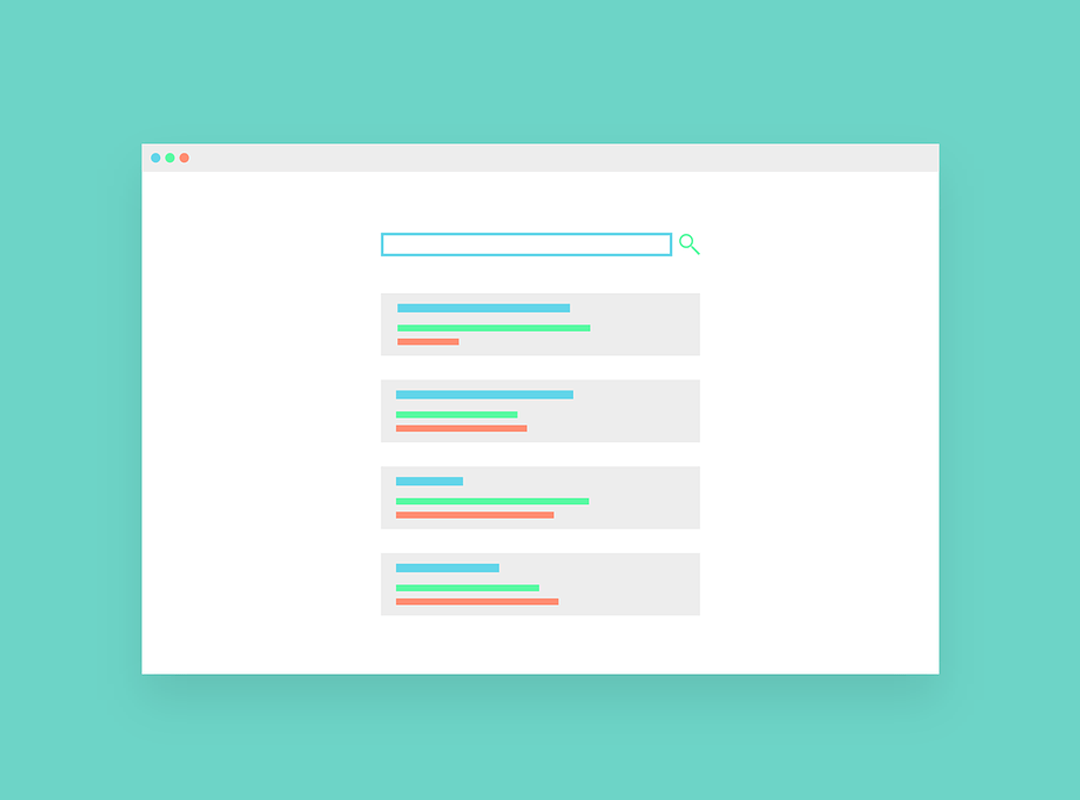As more and more people are using mobiles to surf the web and Google started mobile first indexing, it has become important to optimize the mobile versions of the website. It is essential not to have broken meta tags, missing content, wrong HTTP status codes, or unoptimized titles or content. This is where parity audit for mobile and desktop come in. This post is about parity audits and how to perform one.
What is a parity audit for SEO? Parity audits for SEO are done when a website search to all versions are on the same URL. This audit crawls both versions, compares the differences and also looks for any errors. A parity audit should be done if content is added, hidden, changed or removed. It will also tell you whether the mobile version is optimized and crawlable or if anything is missing.
Why to do parity audits for mobile and desktop?
Parity audits for mobile and desktop will help you to prevent any traffic drops in the future. Moreover, knowing about the various differences between the website versions will help you to diagnose issues and fix them. By doing this, it can help you to improve your rankings. Sometimes, the errors occur only on the mobile or desktop versions and sometimes the links on mobile version are fewer. By doing parity audits for mobile and desktop, website owners may also find hidden content or serious technical issues.
STEPS TO PERFORM PARITY AUDIT
Although performing a parity audit might sound complex, there are just two steps involved in a parity audit for SEO.

1. Crawl mobile and desktop websites
The first step to perform a parity audit for search engine optimization is to crawl both desktop and mobile versions of the website. Certain tools allow you to crawl each version of the website. These tools include screaming frog, deepcrawl, and sitebulb. Crawl the desktop version first and export all the data. Then crawl the mobile version and export URL reports. Then, import the data from two crawls into a spreadsheet.
2. Look for errors
The next step to do parity audit for mobile and desktop is to look for any errors and differences like:
- Disparities in internal linking: Sometimes, the desktop versions of a website have a good internal linking structure and are properly optimized using anchor text. On the other hand, the mobile versions might have a few lines and all the links go towards the ‘home’ or ‘about us’ pages. This will result in a drop in rankings and so it is important to optimize the internal linking structure for mobile version as well.
- Disparities in content length: Sometimes, websites serve different contents to users of different devices. It is important to provide similar content to both device users. To know what kind of content performs better on both mobile and desktop versions, you have to check the correlation between the content length and the rankings of the webpage.
- Differences in tags: All kinds of tags must match on both versions of the URL. Title tags, meta descriptions, robots tags, canonical tags, etc. should be same for both. A parity audit will help you to discover any disparities between all the tags.
- Speed: If you have optimized properly or are using a CDN or AMP, most probably your mobile website will be the one to load faster. If it is not so, it is important to look into the issue and fix it.
- Rendering errors: It might be possible that assets like JavaScript and CSS are different to render mobile and desktop versions. This may result in the blocking of certain assets on one version. Ensure to check the robots.txt file so that both versions can render without any blocked assets.
Doing parity audits for mobile and desktop can lead to discovery of issues which might be harmful for the rankings of a website. It will not only help you to optimize the mobile version of the website but will also help you to find out areas which are lacking. A parity audit will help you to deliver better user experience to your mobile viewers, especially since mobile friendly websites are a norm now.








